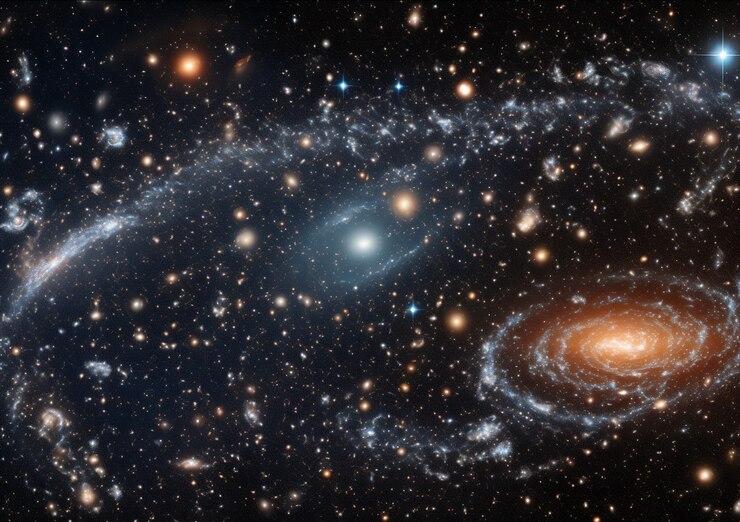After two decades of work at the SLAC National Accelerator Laboratory of the Department of Energy in California, United States, the construction of the Large Synoptic Survey Telescope (LSST) has been completed: the largest ever built for astronomy, which will be transferred this year to the Vera Rubin Observatory project in the Coquimbo Region of Chile. This project, managed by the Association of Universities for Research in Astronomy (AURA) and primarily funded by the Department of Energy and the National Science Foundation (both from the United States), will house the 3.2-gigapixel camera that will help researchers dive into our Universe with unprecedented detail.
Este proyecto, que es administrado por la Asociación de Universidades para la Investigación en Astronomía (AURA por sus siglas en inglés) y es financiado principalmente por el Departamento de Energía y la Fundación Nacional de Ciencias (ambos de Estados Unidos), albergará la cámara de 3.200 megapíxeles que ayudará a los investigadores a sumergirse en nuestro Universo con un detalle sin precedentes.
What does this project seek?
Over ten years, it will generate a massive amount of data on the southern hemisphere night sky, which will aid in understanding dark energy driving the accelerated expansion of the Universe, and the search for dark matter, the mysterious substance that makes up about 85% of the Universe's matter. This information will also be used to better understand changes in the night sky, the Milky Way, and the solar system.
Interesting facts:
- The camera is roughly the size of a small car and weighs around 3,000 kilograms.
- Its front lens is over 1.5 meters wide: the largest lens ever manufactured for this purpose.
- Another one-meter-wide lens had to be specially designed to maintain shape and optical clarity while also sealing the vacuum chamber housing the camera's enormous focal plane.
- This focal plane consists of 201 custom-designed individual CCD sensors and is so flat that it varies no more than one-tenth the width of a human hair. The pixels themselves are only 10 microns wide.
- The camera's most important feature is its resolution, which is so high that it would take hundreds of ultra-high-definition TVs to display just one of its images in full size.
Source: El Día Newspaper
Photo: Vera C. Rubin Observatory



